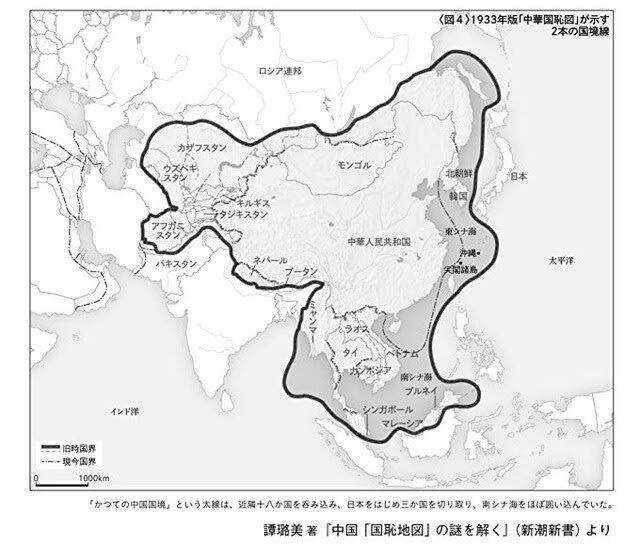American Base Town in Northern Japan. US and Japanese Air Forces at Misawa Target North Korea Mitsumasa Saito | October 4, 2010 Volume 8 | Issue 40 | Number 3 Article ID 3421 |
American Base Town in Northern Japan. US and Japanese Air Forces at Misawa Target North Korea Saito Mitsumasa Translated by John Junkerman A Base-Dependent Town |
If you liken the American bases to a house, in this peculiar arrangement the Japanese government is lending out a mansion complete with maid service at no cost, not even charging for water and electricity.
The Americans fully understand how comfortable this arrangement is.
For example, Rep. Stephen Solarz, then chairman of the Asian subcommittee of the House Foreign Affairs Committee, told the Japan National Press Club in 1991 that the US “should be grateful” to Japan for welcoming American troops on its soil and bearing more of the costs than any other ally, despite the fact that the US military’s primary mission was a regional one, to deter aggression against countries in the region other than Japan.
While some countries charge the American military fees for hosting US bases, very few have agreed to share the costs of those bases. Japan and Germany are among them. Many military affairs analysts point to this as one reason the US has been reluctant to reduce its presence in Japan.
Another reason is Japan’s strategic location.

It was positioned to block expansion into the Pacific by America’s hypothetical enemies after World War II: the Soviet Union, China, and North Korea.
Former Deputy Secretary of State Richard Armitage was once asked about the importance of Okinawa, and he nearly shouted his reply: “Location, location, location!” These words can be applied to the entire Japanese archipelago.
In the words of military analyst Ogawa, “As a strategic base, the Japanese islands buttress half of the globe, from Hawaii to the Cape of Good Hope.
If the US were to lose Japan, it could no longer remain a superpower with a leadership position in the world.”
An interesting document provides support for this perspective.
It is the US Department of Defense Base Structure Report, which lists the property value of the American military’s foreign bases.
The value is calculated as the cost of building the same base from scratch, which is termed “plant replacement value.”















